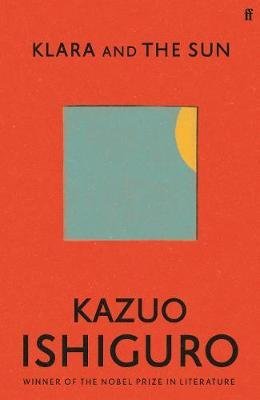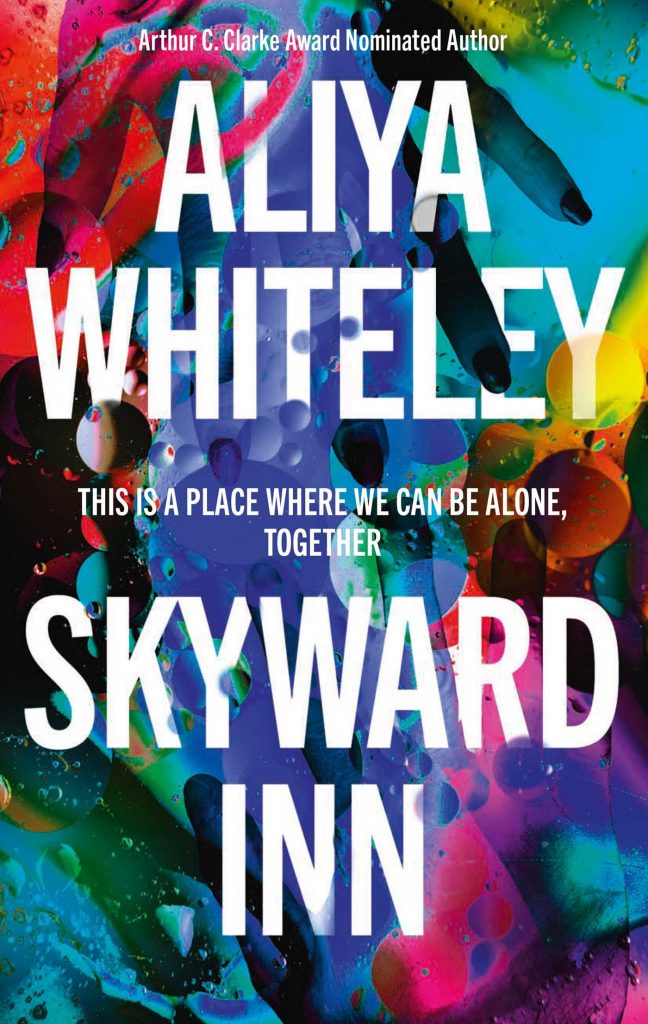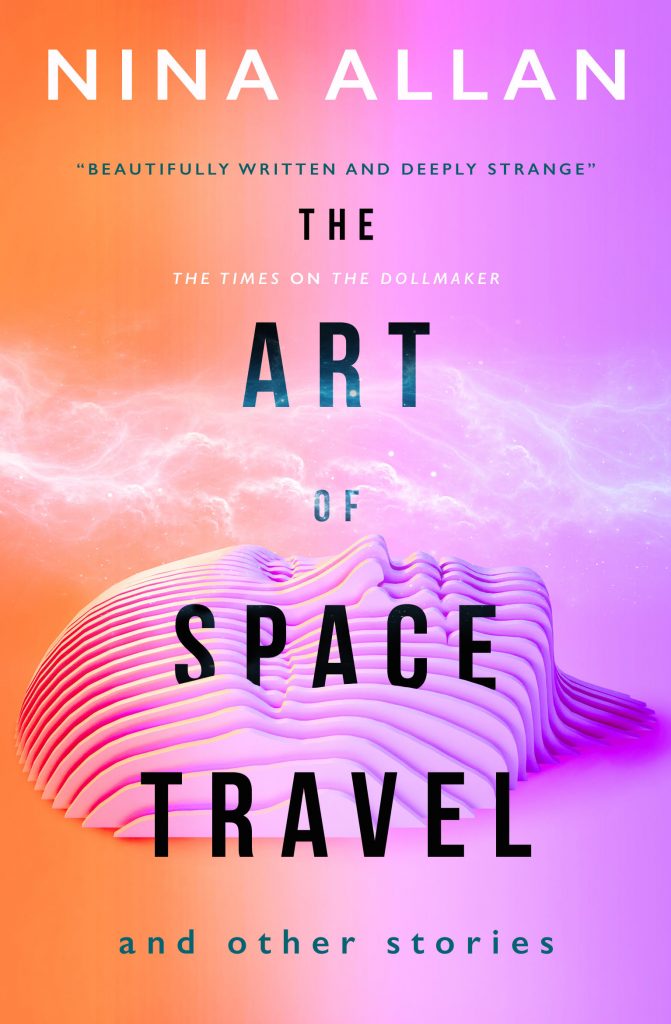(NB: HEAVY SPOILERS AHEAD for Klara and the Sun.)

We could choose to speculate on why it is that two of the 1983 group of Best of Young British Novelists – frequently singled out by critics and commentators as the golden generation – happen to have brought out novels about artificial humans less than two years apart. Most likely it’s just one of those things: coincidence, a communal grappling with new ideas that are, as it were, simply around. Less to be debated is the fact that, in science fictional terms at least, the idea at the heart of the most recent novels by both Ian McEwan (Machines Like Me, 2019) and Kazuo Ishiguro (Klara and the Sun, 2021) is not new at all. Those who share an interest in such things mostly agree that the ‘threat’ from AI has much less to do with robot uprisings than with coporate data harvesting and the gradual shift within the workplace from human to artificial labour, with the seismic changes and potential inequalities this would and will bring. The idea of human beings coming under existential threat from actual AI replicants? Not going to happen. That both Ishiguro and McEwan have spent hundreds of hours and hundreds of pages heading down this particular ‘what if?’ rabbit hole brings us face to face yet again with the weird propensity of mainstream literary writers for reinventing the science fictional wheel.
A good part of the reason for this is that writers like McEwan and Ishiguro probably don’t read much SF. Most mainstream consumption of science fiction is through TV and cinema, which tends to lag behind the curve of science fiction literature by several decades. There is also the fact that McEwan especially has a habit of straining for topicality through battening on to shouty headlines and received opinion. Machines Like Me seems more interested in denouncing Brexit than in exploring AI; it is a weird novel, mostly irrelevant as science fiction and with a curiously old fashioned feel. Reading Klara and the Sun is a similarly confounding experience, though for different reasons. Ishiguro never chases after ‘relevance’ the way McEwan does, and in many ways this new novel feels uncannily similar to the seven that precede it. From the beginning of his career, Ishiguro has been singularly preoccupied with themes of appearance and reality, and so in Klara and the Sun we enter the land that is Ishiguro-world: a calm, apparently stable version of reality in which interactions proceed with courtesy and a certain caution. The surface reality of Ishiguro-world is unruffled, almost stagnant, yet beneath this surface we intuit hints and then increasingly larger glimpses of a scarier truth.
Ishiguro also has a penchant for not so much unreliable as partially informed narrators, people who are very much embedded in Ishiguro-world but who never fully understand it. In Klara and the Sun, our guide is Klara herself, an Artificial Friend who possesses the computational abilities of an advanced AI, whilst exhibiting a view of the world that is curiously child-like, unformed. AFs are in some respects similar to the Kentukis in Samanta Schweblin’s (much more interesting) novel Little Eyes: a consumer fad, the kind of expensive consumable you purchase for your kids, who then quickly become bored with it. In other respects, Ishiguro’s AFs are more complex and more sinister. We first meet Klara as she stands with her fellow AF Rosa in a shop window, hoping to attract the attention of potential customers. She is eventually purchased as a companion for a teenage girl, Josie, who lives with her mother outside of the city and who is suffering from an unnamed illness.
Klara has been specifically designed to serve and protect the child that chooses her. She never questions the world she inhabits, nor her role within it. As a solar-powered machine, she has a reverence for the sun, which for her is imbued with an almost god-like power. Throughout the entirety of the novel, we see only what Klara sees, go where she goes, though as her understanding and experience increases, so does ours. Through Klara’s immaculate recall, we get to overhear conversations between the adults in her orbit – Josie’s mother Chrissie and Josie’s father Paul, Chrissie’s friend Helen and her former lover Vance, the ‘artist’ Capaldi. Through these conversations, we come to learn that this is a deeply divided society, one in which genetically engineered or ‘lifted’ humans are offered every advantage in terms of education and prospects, with unlifted humans consigned to mass unemployment and more or less barred from higher education.
The ifs and buts around these issues remain unexamined. We come to understand that lifting carries some sort of extreme medical risk. Chrissie has already lost one child to the process – Josie’s older sister, Sal – though this has not dissuaded her from opting for the same treatment for Josie, and the mainstream acceptance of the dangers of lifting means that – presumably – death is now seen by society at large as preferable to not being lifted. There are tiny glimpses of hardship – a minor character called Beggar Man, a drab part of the city with a lot of barbed wire and boarded-up shopfronts, Chrissie permanently tired out from long hours at her job – though the characters we spend the most time with all live in spacious accommodation far from such deprivation and we never learn what Chrissie’s job actually entails. There is a depressingly facile passage about racially segregated outsider, i.e unlifted communities, though again we never get to meet any of these people other than Josie’s father. Paul is an engineer, and supposedly a man of uncommon intelligence, though that doesn’t prevent him from getting sucked into a preposterous scheme to cure Josie’s illness, a plan that should be patently absurd to anyone but Klara.
I was recently in the audience at an online event where Ishiguro described Klara and the Sun as the positive counterpoint to his darkly themed 2005 novel Never Let Me Go. I would go further, and say this book is Never Let Me Go, except with AIs instead of clones, eugenics instead of organ farming. There is even a wincingly uncalled-for repeat of Never Let Me Go’s central, fairy-tale premise of True Love offering a path to safety in a hostile world. Why Ishiguro considers the outcome of this new novel to be happier is a bit of a mystery, given what happens, and I’m not just talking about Klara’s ‘slow fade’. The conversations that take place between the adults in Klara and the Sun are conducted as a theatrical grotesquerie, using the kind of megaphone dialogue you might find in a particularly awful 1950s film, miles distant from what people might actually say to one another in real life. I have paused to wonder if such ineptitude might not be intentional, a kind of Brechtian Verfremdungseffekt. This at least might have been interesting, though unhappily and going by past experience I think it’s more likely that writing dialogue is an aspect of his craft that Ishiguro simply does not much enjoy
I am the last person to criticise a writer for choosing a close focus approach to science fiction. I mostly find wide-screen SF unutterably dull; books in which warring factions subject each other to offensively unrealistic acts of violence in their efforts to uphold or upend ‘the system’, in which characters spend pages spouting political rhetoric at each other or acting out social archetypes in a depressingly two-dimensional way can all go straight to Netflix so far as I’m concerned. The science fiction that interests me is centred upon convincingly drawn characters in imaginable situations, provocative ideas, life as it might actually be lived, together with the kind of literary articulacy we find in books such as the aforementioned Little Eyes. What I equally expect from this close focus approach though is difficulty, not in the sense that a book should be wilfully obscure, but that it should present us with complex moral choices and genuine dilemmas, conflicted characters, a level of narrative ambiguity that challenges the intellect.
On the surface and in outline description, Klara and the Sun might appear to possess such qualities. In the reading it is a series of evasions, perplexing only in the question of why so much attention will inevitably be lavished upon a text that is so deeply flawed. Klara and the Sun is a swift, easily digestible, stylistically pleasant read, but therein lies the problem. A novel that lays claim to themes of social exclusion, state-sanctioned eugenics and enforced mass poverty should not be pleasant, it should be confronting. At the very least, it should make some attempt to examine the questions it purports to ask.
And as for the ending? It’s Toy Story 2. Tell me I’m wrong.

